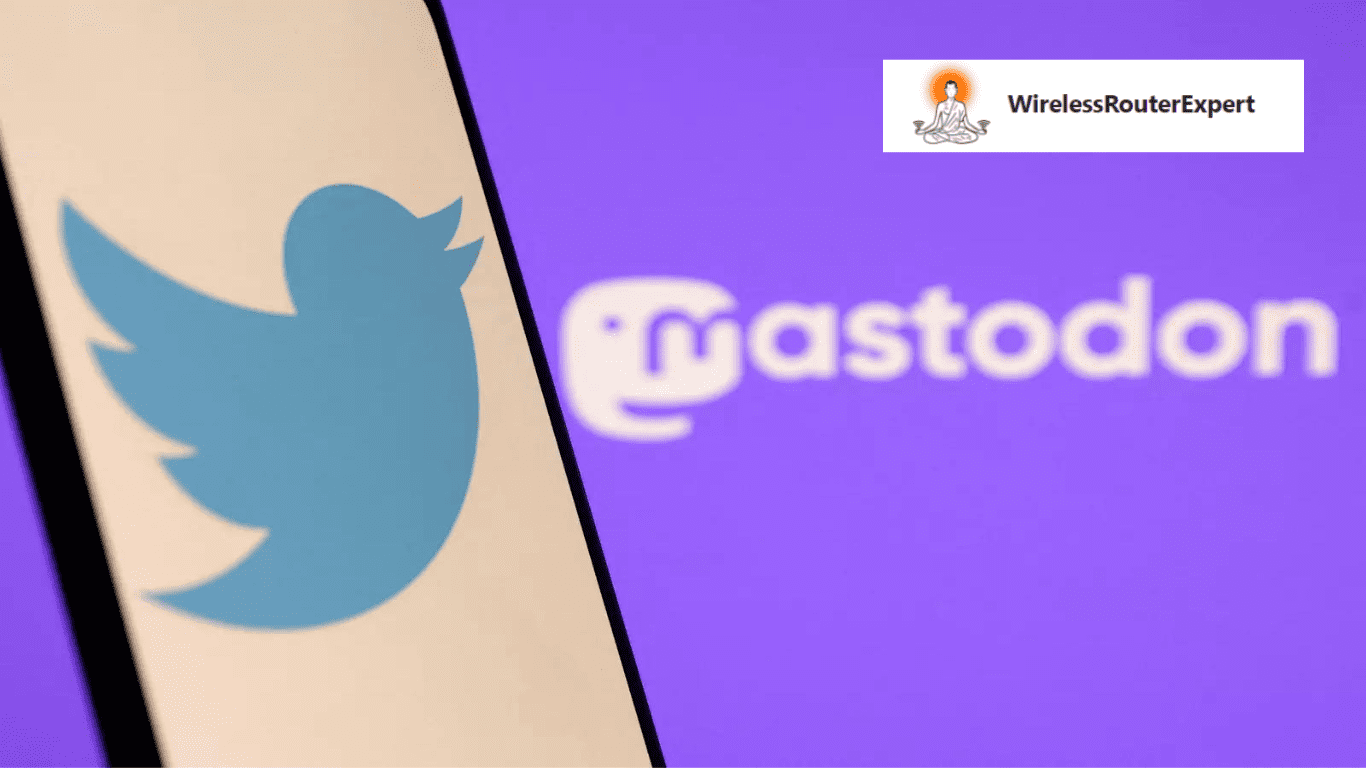The digital sphere is witnessing a fascinating yet contentious chapter as Bluesky and Mastodon, two frontrunners in the decentralized social network space, grapple with the idea of bridging their distinct ecosystems. This debate, unfolding across snarky GitHub comments and passionate social media posts, is not just a skirmish over technical preferences. It’s a pivotal moment that could very well dictate the trajectory of the internet’s future, emphasizing the delicate balance between innovation, privacy, and user consent.
The Emergence of Decentralized Networks
In the shadow of growing discontent with centralized social media behemoths, decentralized platforms like Mastodon have surged in popularity. Last year, as users sought alternatives to Elon Musk’s Twitter, Mastodon’s user base swelled to 8.7 million. Hot on its heels, Bluesky burst onto the scene, amassing 1.5 million users shortly after opening to the public, demonstrating a clear appetite for platforms that offer autonomy and privacy.
The Federation Conundrum
At the heart of the controversy is the fundamental difference in how these platforms communicate. Bluesky is poised to federate its AT Protocol, allowing diverse social networks to interconnect seamlessly. Conversely, Mastodon operates on ActivityPub, creating a rift that prevents native interaction between users of the two networks. This discord has sparked a debate among Mastodon users, some of whom prefer the isolation that separate protocols afford.
Bridgy Fed: A Bridge Too Far?
Enter Ryan Barrett and his project, Bridgy Fed, aiming to connect these disparate worlds. Barrett’s initiative to create a bridge between the AT Protocol and ActivityPub has been met with resistance, embodying the internet’s age-old tension between openness and privacy. His proposal for an opt-out default mechanism—where public posts could cross platforms without explicit author consent—has ignited a firestorm of debate, highlighting the community’s deep-seated concerns over data sovereignty and consent.
The Cultural Divide
This friction also underscores a cultural divergence between Mastodon and Bluesky users, rooted in their platforms’ origins and philosophies. Mastodon, a nonprofit entity, appeals to users wary of corporate oversight and eager for a platform that prioritizes user control over profit. Bluesky, although independent, originated from a project at Twitter and carries the imprint of Jack Dorsey, eliciting skepticism from the anti-establishment crowd.
Despite these tensions, there’s a shared recognition of the potential benefits of federation. The ability for different decentralized networks to interact could enrich the user experience, fostering broader communities while respecting the autonomy of individual platforms.
Bridging with Consent: A New Approach
In response to the backlash, Barrett is pivoting to a “discoverable opt-in” model for Bridgy Fed. This approach requires mutual consent for cross-platform interaction, addressing concerns about unwanted exposure and data misuse. It’s a compromise that reflects the federated social media’s core values: user autonomy, privacy, and consent.
The Future of Federated Social Media
As the debate rages on, it’s clear that the outcome will have lasting implications for the federated social media landscape. The integration of Bluesky and Mastodon, whether through Bridgy Fed or other means, is just one piece of a larger puzzle. With platforms like Meta’s Threads planning to support ActivityPub and others like Flipboard and Automattic showing interest, the network of decentralized social media is expanding.
For Mastodon users apprehensive about these bridges, the potential influx of users from more mainstream platforms poses challenges to their curated communities. Yet, it also presents an opportunity to influence the broader digital conversation, bringing decentralized platforms’ values of privacy, consent, and user control into the mainstream.
Navigating the Federated Future
The saga of bridging Bluesky and Mastodon is a microcosm of the broader challenges facing the internet as it evolves. It underscores the need for a delicate balance between innovation and user rights, highlighting the importance of building technology that empowers users rather than ensnares them.
As decentralized networks continue to grow, their success will hinge on their ability to navigate these complexities, fostering communities that are both open and safe. The journey of Bridgy Fed, with its highs and lows, serves as a reminder that the path to a more interconnected yet respectful digital world is fraught with challenges—but also ripe with possibilities.
In this evolving narrative, the federated social media space stands at a crossroads, poised to redefine the internet’s future. Whether through Bridgy Fed or other initiatives, the quest to bridge digital islands is a testament to the enduring human desire for connection, community, and control over our digital destinies.





